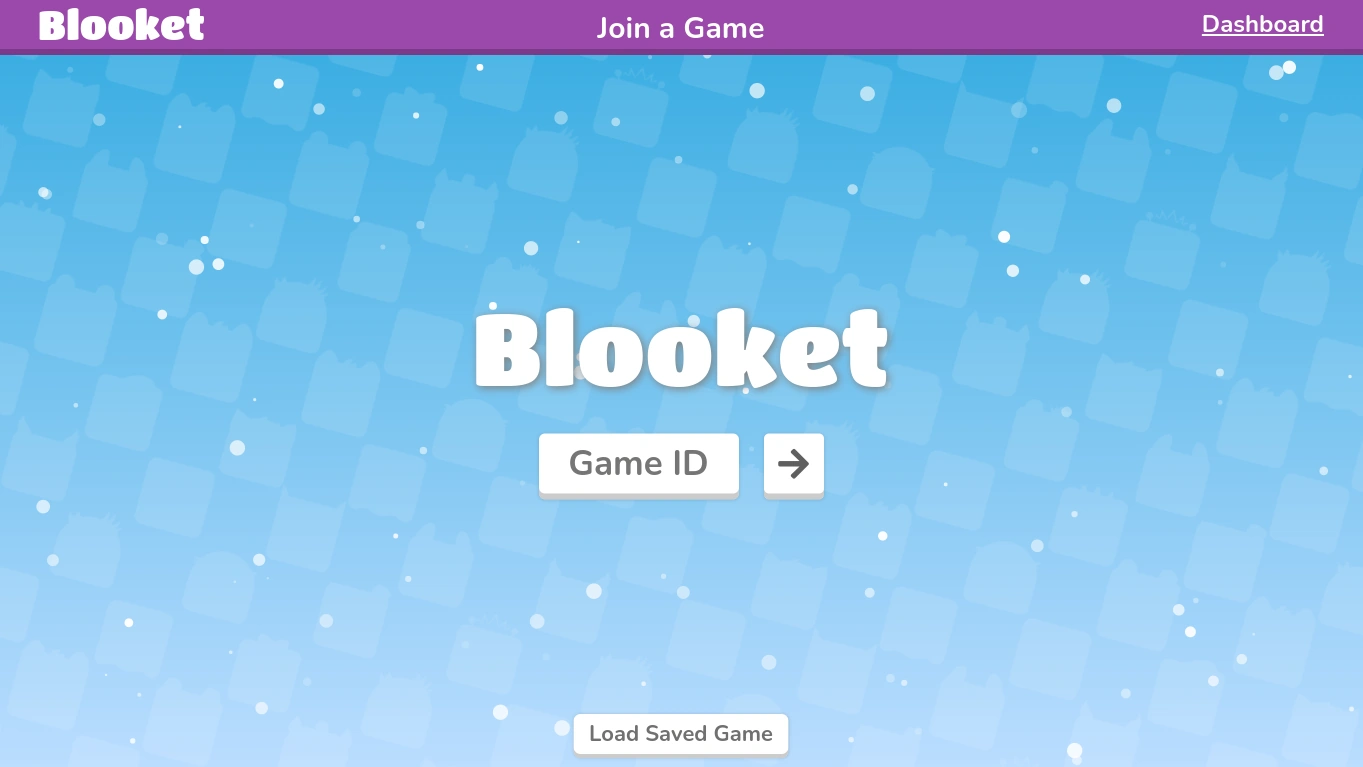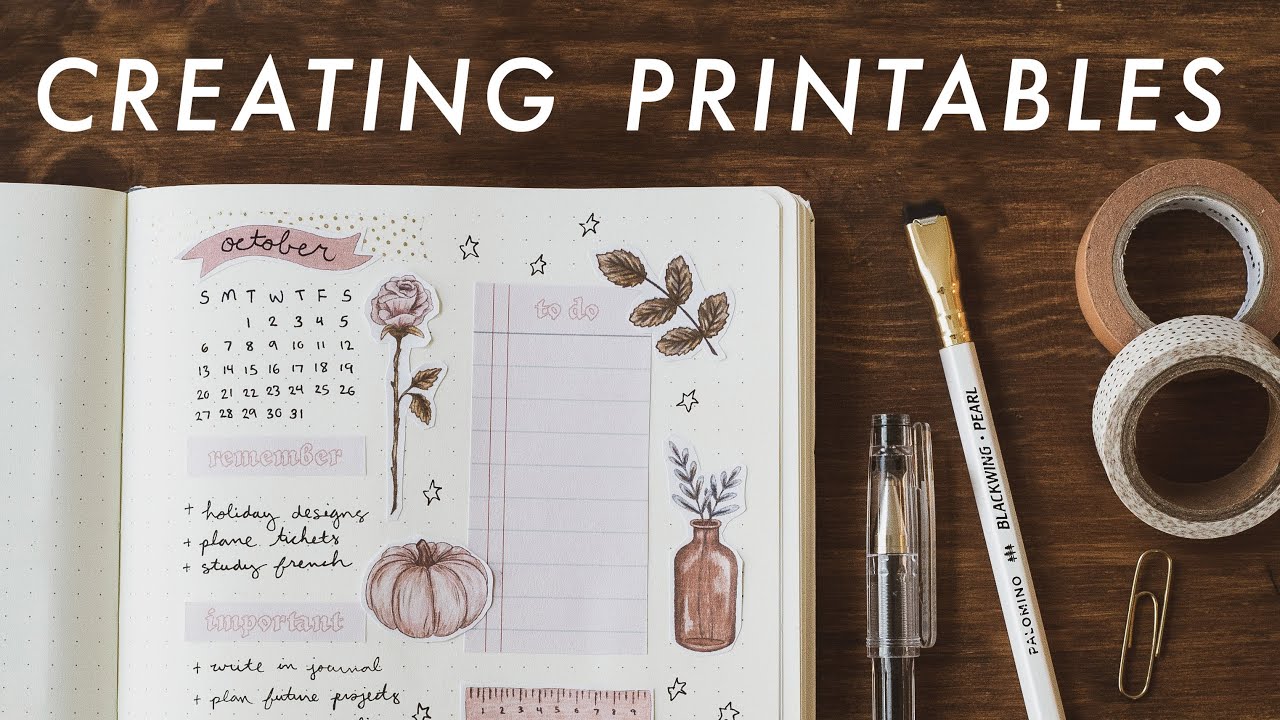Operating a forklift is a critical job that requires a solid commitment to safety. Proper training, attention to detail, and adherence to safety practices can prevent accidents and ensure a safe working environment.
This guide outlines vital safety practices for forklift operators and highlights how using the proper forklift parts and accessories can enhance safety and prevent accidents. Implementing these practices can lead to a safer, more efficient workplace.
Importance of Forklift Safety
Forklifts are powerful machines that are vital in various industries, from warehouses to construction sites. However, their power and functionality come with significant risks. Mishandling or improper operation can lead to severe injuries or even fatalities. Therefore, understanding and implementing essential safety practices is crucial for forklift operators.
Pre-Operation Inspection
Pre-operation inspections should be carried out thoroughly before any shift begins. This step ensures that the forklift is in good working condition and helps identify any potential issues that could lead to accidents.
Checklist for Pre-Operation Inspection
Check Fluid Levels: Ensure the oil, hydraulic fluid, and coolant levels are adequate.
Inspect Tires: Look for signs of wear and tear and check the tire pressure.
Test Brakes and Steering: Verify that the brakes and steering are functioning correctly.
Examine Forks and Mast: Check for cracks, bends, or damage.
Ensure Safety Features are Operational: Lights, horn, and backup alarms should be in working order.
Proper Training and Certification
Only trained and certified individuals should operate forklifts. Comprehensive training programs cover the safe operation of forklifts, hazard recognition, and emergency response procedures. Certification ensures that operators are knowledgeable and capable of handling the equipment safely.
Key Training Components
Operating Procedures: Learning how to operate the forklift safely and efficiently.
Load Handling: Understanding the principles of load distribution and securing loads properly.
Hazard Identification: Recognizing potential hazards in the workplace.
Emergency Procedures: Knowing how to respond in case of an accident or emergency.
Safe Operating Practices
Safe operating practices are fundamental to preventing accidents and ensuring a safe working environment. Operators should always be mindful of their surroundings and follow established safety protocols.
Guidelines for Safe Operation
Maintain Clear Visibility: Always ensure a clear line of sight when driving the forklift. Use spotters if necessary.
Follow Speed Limits: Operate the forklift at a safe speed, especially in congested areas.
Use Seatbelts: Always wear seat belts to protect against falls or tipping over.
Avoid Overloading: Never exceed the forklift’s load capacity; ensure the load is balanced and secure.
Operate on Stable Surfaces: Avoid uneven or slippery surfaces that could cause the forklift to tip over.
Enhancing Safety with Proper Forklift Parts and Accessories
Using the correct forklift parts and accessories is crucial for maintaining the safety and efficiency of the equipment. High-quality parts can enhance performance and reduce the risk of accidents.
Importance of Quality Parts
Reliability: High-quality parts ensure the forklift operates smoothly and reliably.
Durability: Durable parts withstand wear and tear, reducing the frequency of replacements and maintenance.
Safety: Properly functioning parts minimize the risk of malfunctions that could lead to accidents.
Essential Accessories for Safety
Forklift Lights: Good lighting is essential for visibility, especially in dimly lit areas.
Backup Alarms: Audible alarms alert pedestrians and other workers when the forklift is reversing.
Mirrors: Additional mirrors can enhance the operator’s visibility and reduce blind spots.
Load Backrest Extensions: These provide additional support for loads, preventing them from falling backward.
Operator Restraints: Restraints, such as seat belts, keep operators securely in place.
Regular Maintenance and Inspections
Regular maintenance and inspections ensure that forklifts remain in safe operating condition. Scheduled maintenance can identify potential issues before they become significant problems.
Maintenance Best Practices
Follow Manufacturer Guidelines: Adhere to the maintenance schedule recommended by the forklift manufacturer.
Keep Records: Maintain detailed records of inspections, repairs, and parts replacements.
Immediate Repairs: Address any issues immediately to prevent accidents or equipment failure.
Workplace Safety Measures
Creating a safe work environment involves more than just training operators and maintaining equipment. Implementing workplace safety measures can further enhance overall safety.
Safety Protocols
Clear Pathways: Ensure that aisles and pathways are free from obstructions.
Mark Designated Areas: Use floor markings to indicate pedestrian walkways and forklift operating zones.
Use Safety Signs: Display signs to warn of potential hazards and remind workers of safety practices.
Conduct Safety Meetings: Regularly hold safety meetings to discuss updates and procedures and address any concerns.
Fostering a safety culture in forklift operations is more than just a regulatory requirement—it’s a commitment to the well-being of every team member. By integrating these practices, companies can protect their employees and enhance operational efficiency and reliability. Embracing safety as a core value reflects a forward-thinking approach that prioritizes human life and encourages a proactive stance on risk management. This dedication to safety becomes a hallmark of excellence, demonstrating that when safety is a priority, everyone benefits—from the operators on the ground to the broader organizational goals.

 Entertainment3 months ago
Entertainment3 months ago
 Entertainment3 months ago
Entertainment3 months ago
 Entertainment4 months ago
Entertainment4 months ago
 Tech3 months ago
Tech3 months ago
 Fashion5 months ago
Fashion5 months ago
 Entertainment2 months ago
Entertainment2 months ago
 Entertainment3 months ago
Entertainment3 months ago
 Life Style3 months ago
Life Style3 months ago



